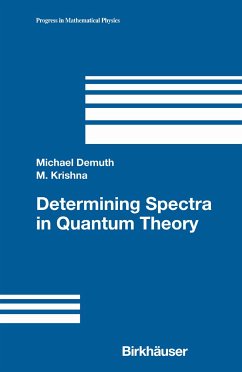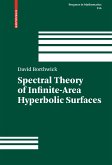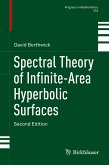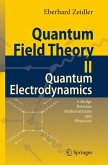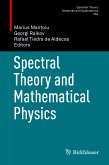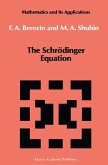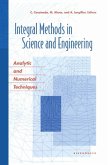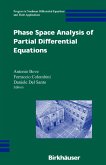This work focuses on various known criteria in the spectral theory of selfadjoint operators. The concise, unified presentation is aimed at graduate students and researchers working in the spectral theory of Schrodinger operators with either fixed or random potentials. But given the large gap this book fills in the literature, it will serve a wider audience of mathematical physicists in its contribution to works in spectral theory.
Dieser Download kann aus rechtlichen Gründen nur mit Rechnungsadresse in A, B, BG, CY, CZ, D, DK, EW, E, FIN, F, GR, HR, H, IRL, I, LT, L, LR, M, NL, PL, P, R, S, SLO, SK ausgeliefert werden.

